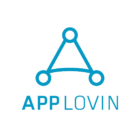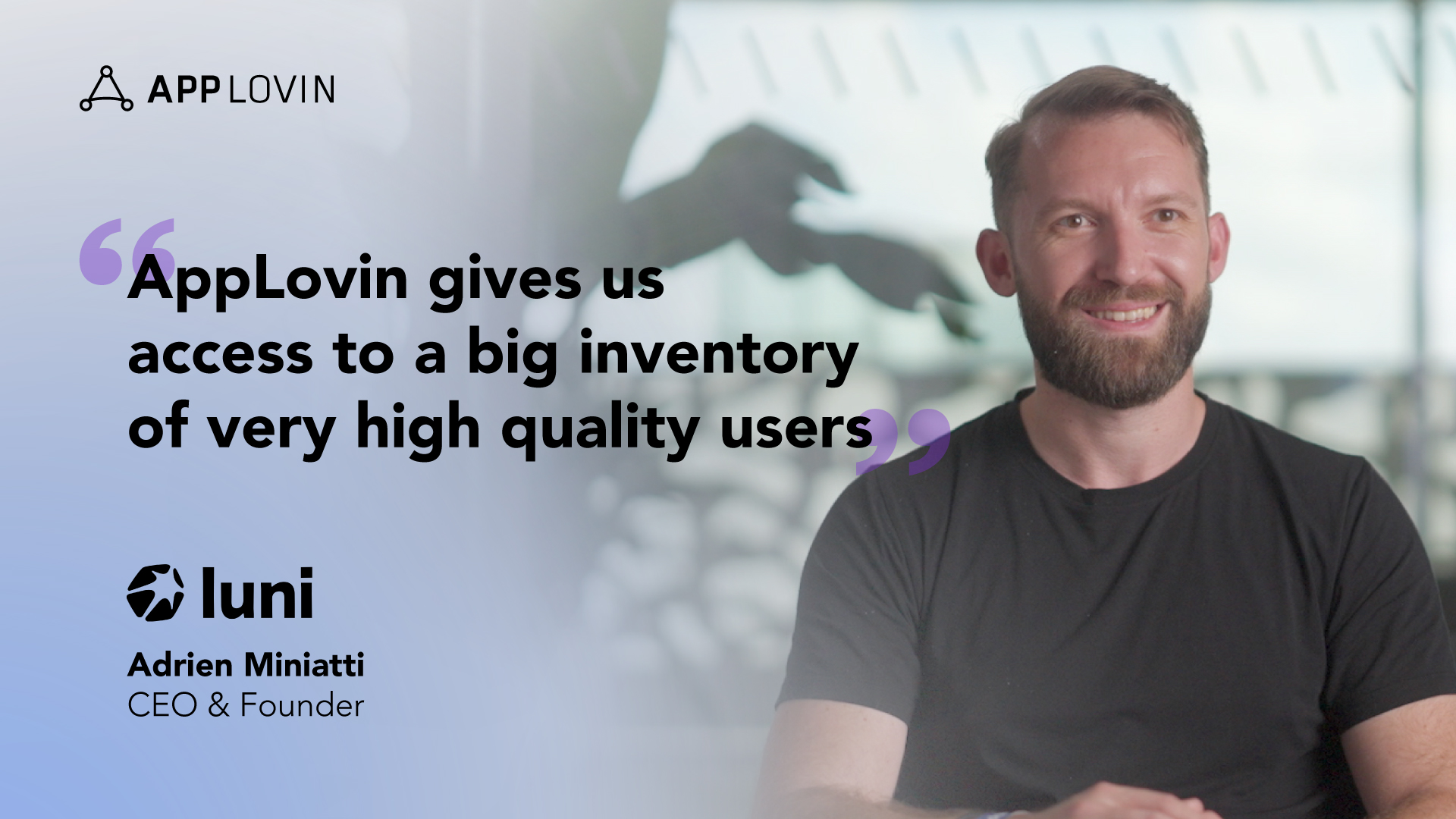If you’re a top publisher, you may have a huge budget for user acquisition campaigns. Smaller, independent publishers often have to get more creative with UA, watching how every dollar is spent. It can be tricky, but you can run successful UA campaigns on a tight budget.
Get your ducks in a row
Before you begin investing in any campaigns, make sure you’ve got all your data in order. Beyond just knowing who you think your target audience is, you should have a deep understanding of who your most profitable users are. You should also know your competitors and what their strengths and weaknesses are.
If you’ve run UA campaigns already, you’ll know which channels and tactics have worked for you in the past, and which offer the best return on ad spend (ROAS). You only want to apply effort to the channels and tactics that offer a return. There’s little point investing in a cost-per-install campaign in the UK if your average user there is gone within 30 days or has a lifetime value (LTV) that’s a fraction of your top users elsewhere.
And of course, tap every low- and no-cost marketing tactic available. That may mean a content strategy, PR hacks, or cross-promotion with your own (or others’) apps as a means to monetize.
Don’t forget that user acquisition is a process, not a task. You continually A/B test to create optimal user experiences and refine profit margins. your user acquisition strategy and tactics should be constantly reviewed and tweaked continually, too.
#1 — Know before you go
Before the acquisition process gets started, you’ll need data from existing users and lots of it. How are people engaging with your app? What is retention like? What types of users show the best retention? Once you have a basic data set, you can sink your teeth into UA.
#2 — Understand what impacts Lifetime Value (LTV)
Know the different factors that make up an LTV calculation, get granular on how the factors are intertwined and know how you arrive at results. This is far more important than where your app sits on any industry vanity chart. (Google offers a free LTV calculator for developers.)
#3 — Imitation is the sincerest form of flattery
In terms of gameplay and user experience, always be on top of the features your competitors add, their improvements, and of course, their app store descriptions and reviews. If you see something that works, don’t be shy: copy it.
#4 — Make a friendly first impression
Mobile users’ opinions are formed quickly and decisions are made in a heartbeat. Your app must put its best foot forward and make it easy for users to discover, install, and register for it. Make onboarding easy and intuitive, and be sure to stay in touch with users via email and social.
Channels and content
Reaching users through low- or no-cost channels is not only possible, it’s necessary to create organic reach. But sometimes it makes sense to set aside a budget for paid ads or defer revenue in order to reward your best users for their loyalty. In all cases, quality content that engages and instructs users, rather than sells to them, is key.
#5 — Give it away organically
Test a free offer on social. Consider offering users free in-app currency to try your app, and ask them to share the opportunity via social media, emails, or texts in exchange for even more currency or bonus features. Just be sure the offer and experience align with your app so that users know what to expect and are more likely to return and engage.
#6 — Pay to advertise on competitors’ apps
Targeting people that already enjoy apps similar to yours is one way of acquiring users at a good conversion rate — if the CPI makes sense. (The reverse of this tactic — allowing competitors to advertise in your app — is discussed below.)
#7 — Target rewards intelligently
Users love apps that provide loyalty and reward programs. Rewards should be based on the behaviors and preferences of your users and delivered in the context of the user’s journey within your app.
#8 — Be generous with content
Write, design, and share content specifically for your user. Blog posts and how-to videos contribute to SEO and ASO, helping users become more skilled with your app, fostering user-generated content and social sharing, and even helping you earn the opportunity to contribute to media and websites that target users already enjoy.
Low-hanging UA tactics
There are dozens of low-cost, light-lift marketing tactics that can be explored for any marketing campaign. Here are three that can work wonders for app marketers with small budgets.
#9 — Keep PR on point
Journalists, bloggers, and influencers are always eager to be first out of the gate with a unique take on a timely topic. Earn their coverage with a well-constructed pitch about your launch/upgrade/new feature that gives them what they need. Just be sure to do this early on in your process, before it’s “old news.”. (Here are some great sample pitches, for your reference.)
#10 — Cross-promote and let other apps do the same
Developers typically cross-promote among their own apps because it’s a great way to generate installs and incrementally acquire users at little or no cost. Less common is allowing competitors to advertise in your app. If your players have proven their loyalty by installing and using your app, offering them competitive content and calls to action might just be one of the most cost-efficient ways to add users and grow revenue.
If you’re uncomfortable with that idea, consider partnering with complimentary apps for cross promotion. For example, if you have a solitaire app, partner with a word puzzle. If you have a fitness app, look for a keto or intermittent-fasting app to cross-promote with.
Hopefully these ten tips for low-cost user acquisition will be useful for you as you grow your app business. Ready to go bigger? Check out AppLovin’s solutions.









